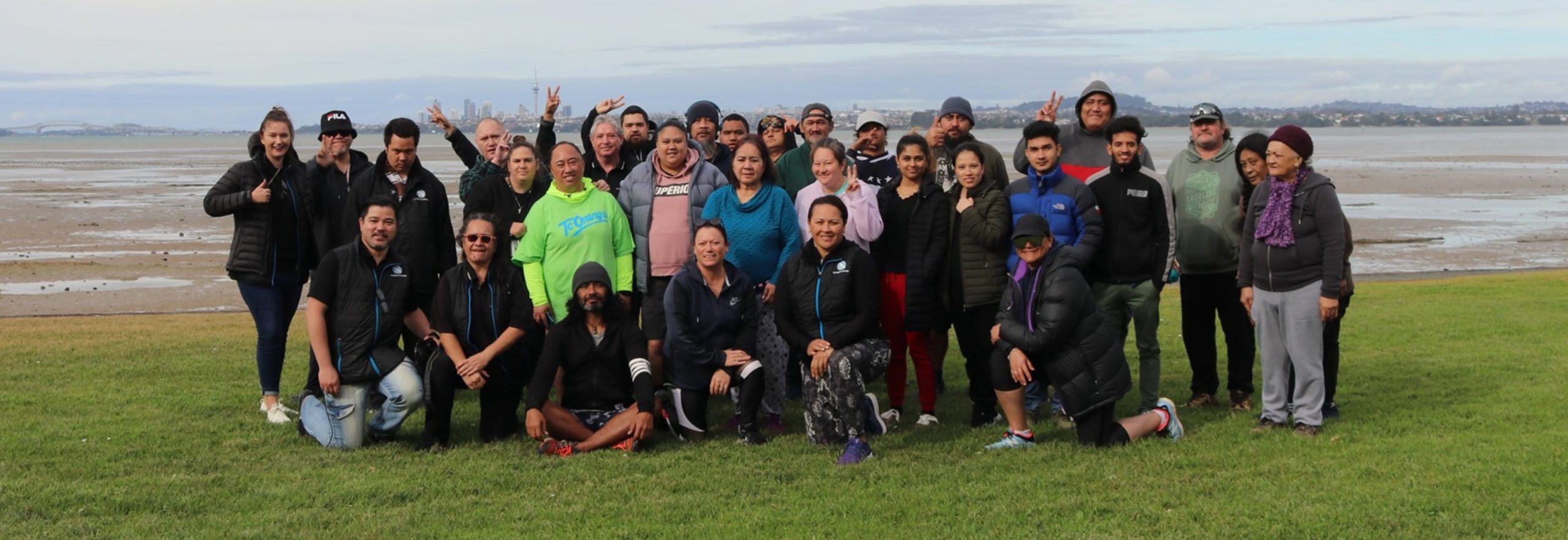
“Inā kei te mōhio koe ko wai koe, i anga mai koe i hea, kei te mōhio koe, kei te anga atu ki hea”.
“If you know who you are and where you are from, then you will know where you are going”.

“Inā kei te mōhio koe ko wai koe, i anga mai koe i hea, kei te mōhio koe, kei te anga atu ki hea”.
“If you know who you are and where you are from, then you will know where you are going”.
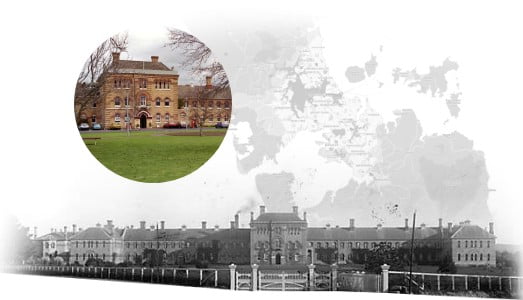
Tāngata Whaiora on the move
A plan to move Tāngata Whaiora from institutional hospital based care into the community began in 1988 with the closure of Te Whare Paia, the Māori mental health unit at nearby Carrington hospital.
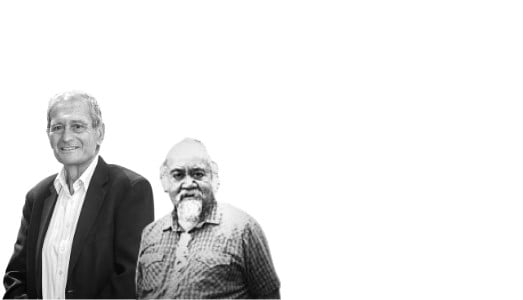
Dr Mason Durie & Eru Pōtaka-Dewes
Key Māori health leaders, Dr Mason Durie and the late Reverend Eru Pōtaka-Dewes, begin to refine new directions for Māori in the mental health system toward community based support, with a small acute inpatient units for short term interventions. Te Whare Tapa Whā and Te Paiheretia form Māori frameworks providing a culturally centered and holistic approaches to mental health and addictions recovery
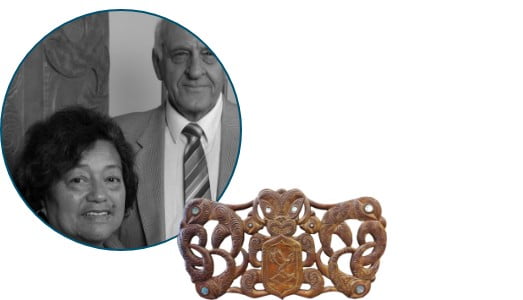
Te Kōtuku Ki Te Rangi
Te Kōtuku Ki Te Rangi is first registered as an incorporated society. Housing New Zealand then allocates a half million dollars to provide non-clinical care to a group of Māori mental health patients. Nurse, Tangiwairua Hieatt is appointed to Te Kōtuku, and along with her husband Bill, they purchase a home so a new service, operating to a kaupapa Māori philosophy, can be established.
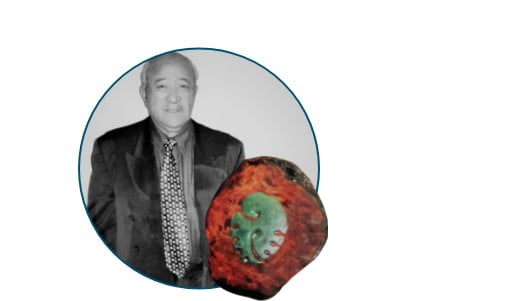
New Location
Te Kōtuku’s first home is established and opens in Tītīrangi, west Auckland. The Auckland Area Health Board refers more clients into the community but there are growing concerns by neighbours. To help allay these concerns, Tāngata Whaiora at Te Kōtuku’s home do voluntary gardening work to show they are just as much a part of the community as anyone else and people with mental health issues should not be stigmatised. Education programmes begin at Te Kōtuku to help improve Tāngata Whaiora literacy and independence. The late Matua Hamiora Waiti, our first kaumatua, commences staff cultural development.
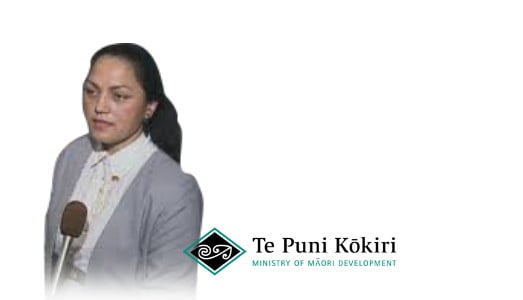
We are on our way!
Carrington Hospital closes fully. We are grateful to Pauline Kingi, the regional director of Te Puni Kōkiri Auckland of that time for building up our business acumen and capability. As a result, we secure our first mental health contract - one of only ten nationally for Māori providers. We are on our way!
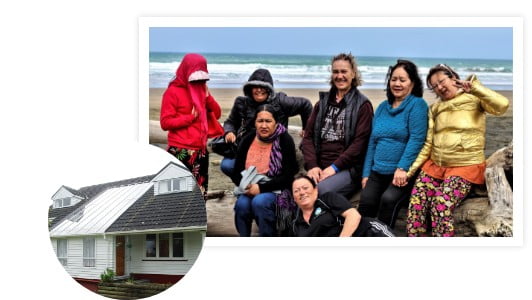
34 Longburn Road, Henderson
We open Hinepiripiri at 34 Longburn Road, Henderson. Hinepiripiri is a mental health care home registered for Level 3, for up to eight wāhine.
We help refine and agree to service specifications for “kaupapa Māori” residential rehabilitation services. Michelle Rangiuia-Poutū Cavanagh and Tipa Compain are appointed as joint CEOs. We take over Rākaumanu at Rānui, a Level 4 home caring for up to eleven men. This home runs until 2007.
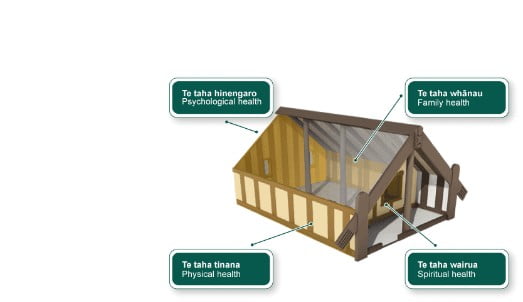
After a damning review of the the mental health sector, government establishes the Mental Health Commission to bring a sharper focus to mental health services. Te Kōtuku Ki Te Rangi’s model of care becomes the benchmark for similar Māori organisations. A national Māori mental health hui is held in Tauranga where we demonstrate our model of service. There are now 30 Tāngata Whaiora in our residential homes. Iwi Support Services begin for 60 Tāngata Whaiora living in both west and central Auckland.
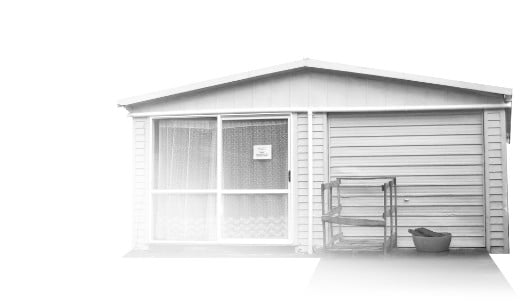
Te Kōtuku’s first office moves from the informality of a garage at Marangatahi (below) to offices at 653 Rosebank Road, Avondale. We contract with Child Youth & Family Services to provide whānau support, co-ordination and education in the homes of Tāngata Whaiora and their whānau. Contracts begin for Mobile Intensive Services with the Auckland Crown Health Enterprise (CHE) for 12 clients and Waitematā CHE for 15 clients living in the community who require a more intensive level of care and support.
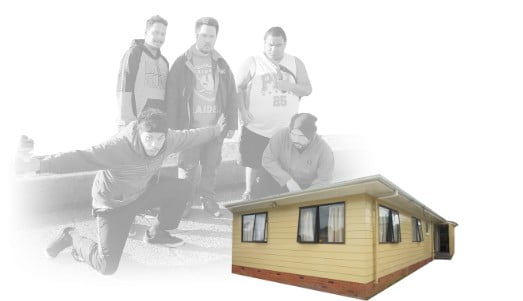
The Blueprint for Mental Health is accepted by government. The following year Kingseat Hospital closes and our Marangatahi home is successfully registered with Social Welfare, with live-in staff to look after five Level 4 Tāngata Whaiora. We apply to become a charitable trust in November that year.
The Blueprint for Mental Health is accepted by government. The following year Kingseat Hospital closes and our Marangatahi home is successfully registered with Social Welfare, with live-in staff to look after five Level 4 Tāngata Whaiora. We apply to become a charitable trust in November that year.
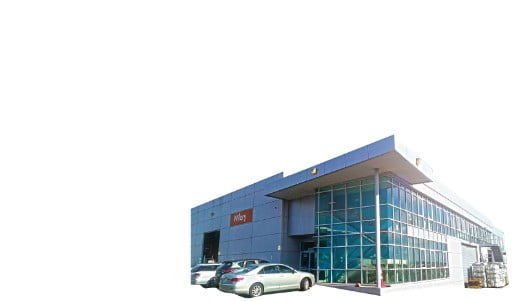
We move from Rosebank Road to our present offices in an industrial park at 2/40 Copsey Place off Rosebank Road, Avondale. More office and parking space for a growing organisation. Michele Cavanagh becomes sole CEO. We renew all our contracts with Auckland DHB and Waitematā DHB and begin to expand our services.
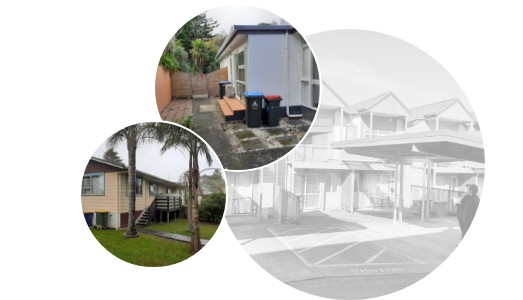
Lindsay Winiata becomes the first Tāngata Whaiora representative for the Trust and first consumer representative on the board. The following year, we build up our social housing portfolio with the purchase of a number of flats and units around west and central Auckland.
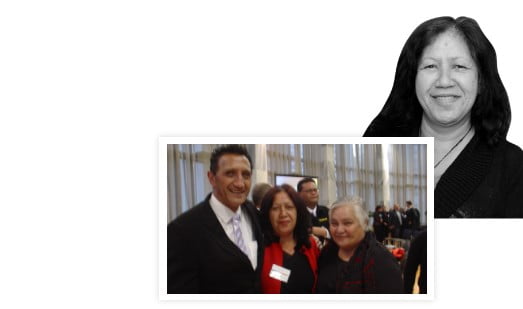
Josie Smith becomes CEO and undertakes an in-depth review of the Trust to ensure it is meeting all its statutory and contractual obligations, providing a safe environment for Tāngata Whaiora and staff and remaining true to the vision of Te Whare Tapa Whā model of care.
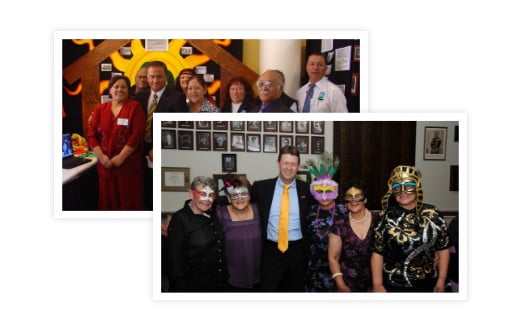
We register as a Charitable Trust. The Minister of Health, David Cunliffe attends our successful fundraising Masquerade Ball for Tāngata Whaiora. We win Te Puni Kokiri’s Whānau Ora Awards and are finalist in BNZ’s Waitākere Business Awards. We develop new programmes with MSD. The Minister of Housing launches our new community house.
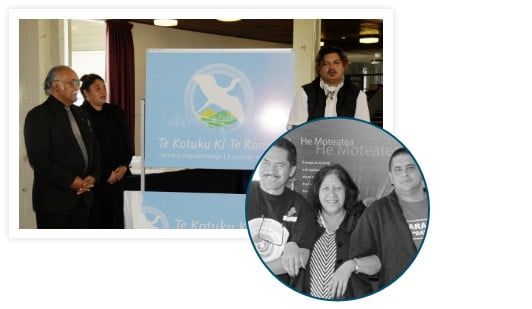
We develop Memoranda of Understandings with Te Puni Kokiri, Te Whānau O Waipareira Trust and Waiora PHO. We employ our own part-time psychiatrist. We begin night classes for Tāngata Whaiora at a local college. We also launch our updated logo.
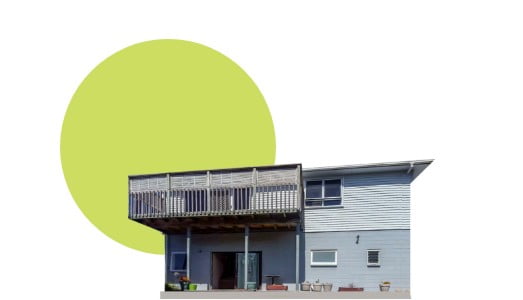
We secure funding from the Te Ao Auahatanga Hauora to invest in Whānau Ora delivery of services. We purchase a six bedroom property in Bodi Place, Te Atatū South to provide adult respite services. The neighbourhood is very supportive. Consent, accreditation and renovations begin, meantime, the respite service is run out of our accommodation in Palmers’ Road, Te Atatū South. Consent is approved for the operation of an Adult Respite Service out of Bodi Place, Te Atatū South for up to six Tāngata Whaiora and two kaimahi staff. While the service is run using kaupapa Māori frameworks, it is open to all.
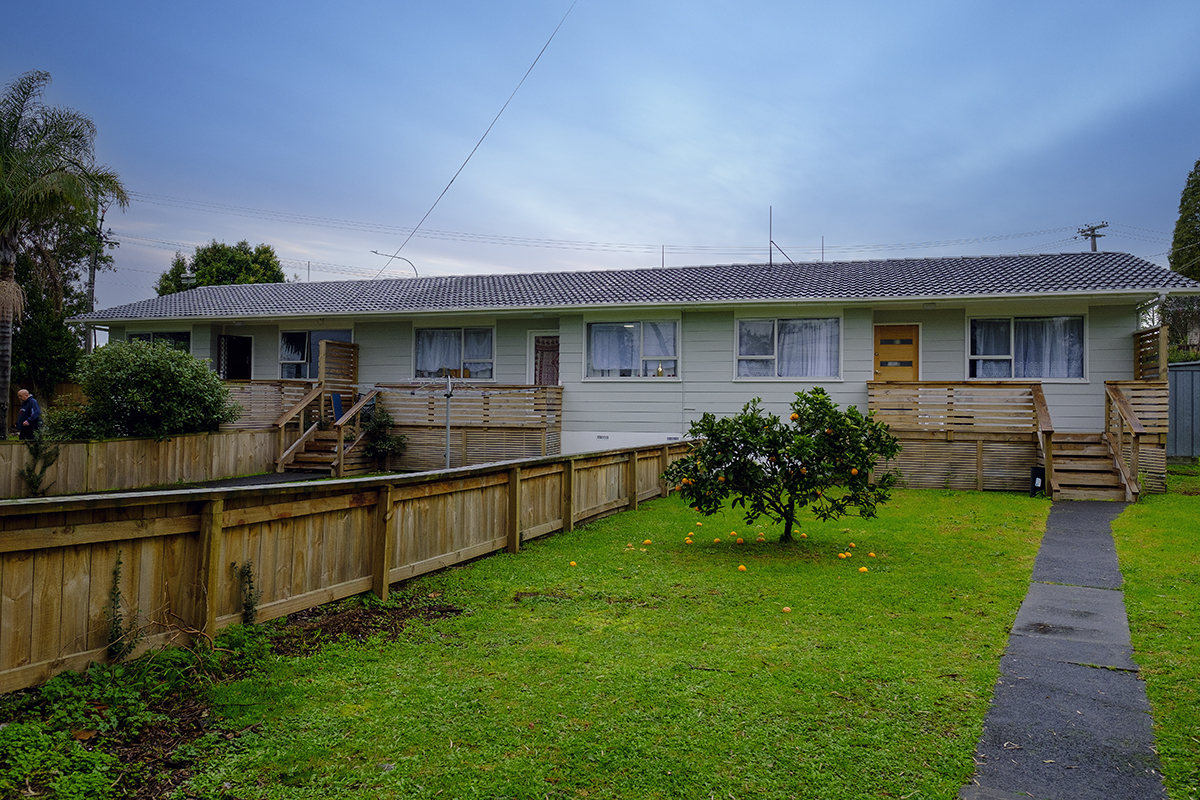
We purchase the remaining two units, adding to the one we already owned, at Pook's Road, Rānui to extend our social housing portfolio and to land bank the property for future development.
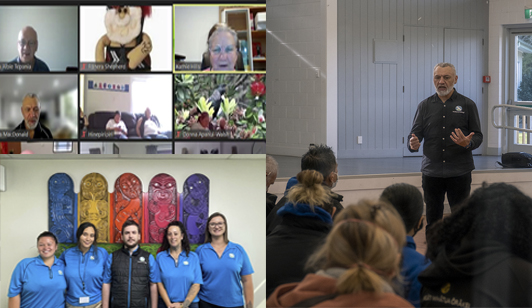
Kathie Hills is elected as Chair. Kristan MacDonald is appointed as CEO following the retirement of Josie Smith. The head office is renovated after 17 years. The year is marked with turmoil as the country responds to Covid 19, a global pandemic. A strong focus is placed on developing a fit for purpose organisation during lockdown, and post Covid. This includes running a virtual team, the use of PPE in service delivery and building sustainability of our residences. The Mauri Tai Facebook page is established to encourage connectivity and mitigate to isolation.